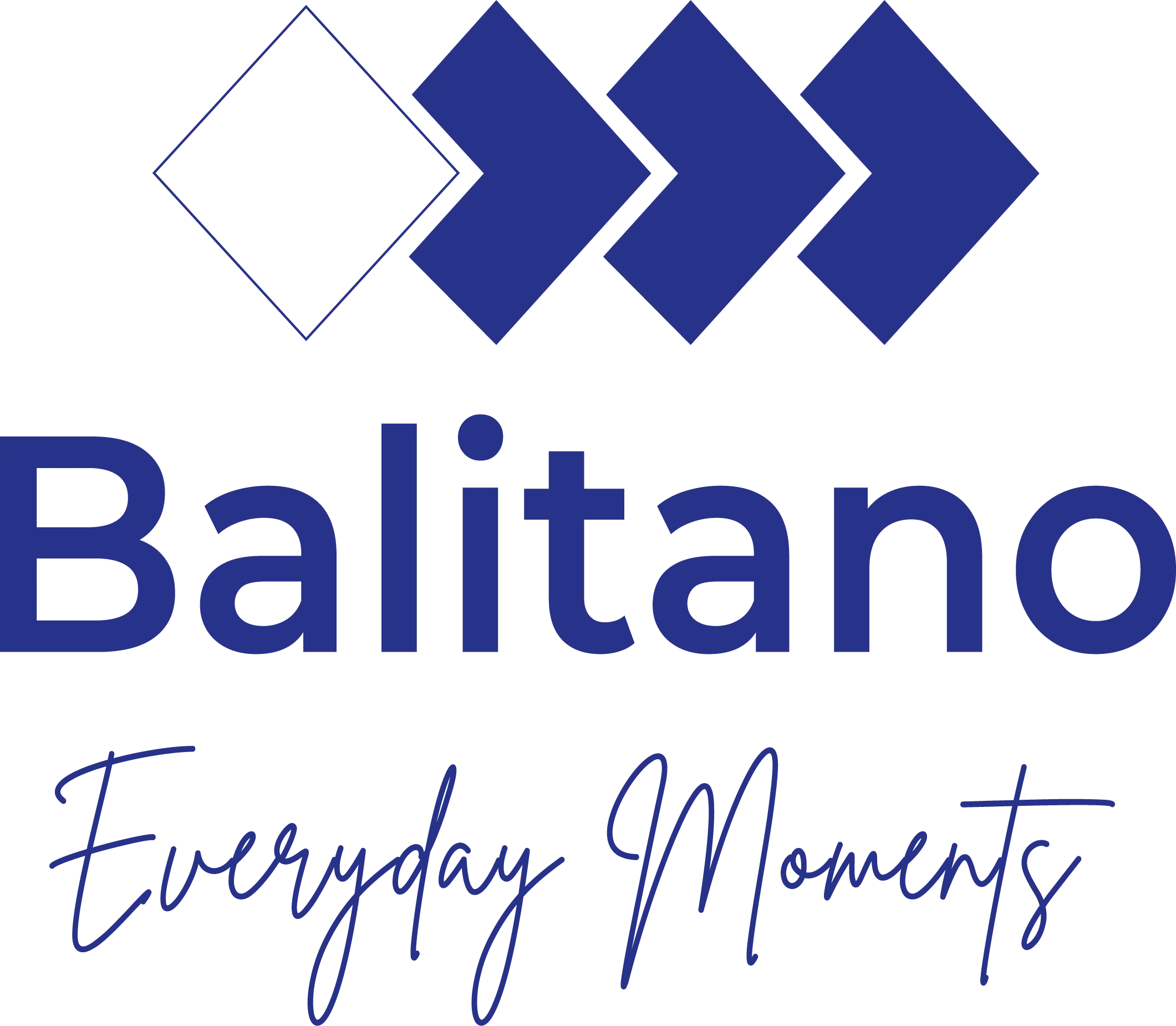Hashtags are more than a trending tool on social media; they are an essential strategy for digital marketing success. Whether you’re a small business or an established brand, partnering with a digital marketing agency can help you harness hashtags to boost visibility, engagement, and brand awareness. This blog delves into how hashtags work and why they should be a cornerstone of your digital marketing strategy.
What Are Hashtags and Why Do They Matter?
Hashtags are keywords or phrases preceded by the “#” symbol, acting as a categorization tool on platforms like Instagram, Twitter, and LinkedIn. For businesses, leveraging hashtags through a social media marketing agency can open doors to greater visibility and customer engagement. Here are the key benefits:
1. Enhanced Discoverability
Using hashtags allows your content to be categorized and easily discovered by users interested in related topics. For example, a post using #DigitalMarketingAgency or #SocialMediaTips can attract audiences seeking expertise in these areas.
2. Higher Engagement Rates
Hashtagged posts often experience higher engagement compared to those without hashtags. A well-planned hashtag strategy implemented by an online marketing agency ensures that your content reaches a wider audience.
3. Improved SEO Performance
Incorporating hashtags like #SearchEngineOptimizationAgency can also contribute to better SEO performance on social platforms, driving more organic traffic to your pages.
How to Use Hashtags Effectively with a Digital Marketing Agency
A professional social media agency brings expertise and tools to make the most of hashtags. Here’s how they can help:
1. Research and Select Optimal Hashtags
Your agency will analyze trending and niche hashtags relevant to your industry. Combining broad terms like #MarketingAgency with targeted ones like #SocialMediaMarketingAgency ensures maximum reach.
2. Create Branded Campaigns
An agency can develop branded hashtags to amplify your message. For example, a fitness company might use #FitWithUs to encourage user-generated content.
3. Monitor and Adjust Performance
Tracking the performance of hashtags is crucial. Your online marketing agency will use analytics tools to measure engagement and refine strategies as needed.
The Role of Hashtags in Local SEO
If your business serves a specific area, hashtags can boost your local SEO efforts. A search engine optimization agency can guide you on using hashtags like #MorristownBusiness or #LocalMarketing to:
- Attract Nearby Customers: Reach users searching for services in your area.
- Connect with the Community: Build stronger local ties by participating in local trends and events.
- Drive Foot Traffic: Encourage visits to your physical location through geo-targeted hashtags.
Case Studies: Success Through Hashtags
1. Social Media Growth for a Local Business
A local restaurant partnered with a social media marketing agency to create posts using hashtags like #LocalEats and #FoodieFavorites. The result? A 30% increase in engagement and a surge in foot traffic within a month.
2. National Campaign with Branded Hashtags
A retail brand worked with an online marketing agency to launch the hashtag #ShopSmart2023. The campaign generated over 500,000 user posts, significantly increasing brand visibility and sales.
Emerging Trends in Hashtag Usage
As social media evolves, so do hashtag strategies. Here’s what a digital marketing agency can do to keep your campaigns on the cutting edge:
- AI-Powered Hashtag Recommendations: AI tools analyze data to suggest hashtags with the highest engagement potential.
- Video-Specific Hashtags: Platforms like TikTok and Instagram prioritize short videos with optimized hashtags.
- Interactive Campaigns: Agencies create hashtag challenges or polls to foster engagement and participation.
Conclusion
Hashtags are a powerful addition to any digital marketing strategy, driving discoverability, engagement, and SEO. Collaborating with a digital marketing agency ensures you’re using the right hashtags to reach your target audience effectively.
Ready to elevate your online presence with expert hashtag strategies? Contact a trusted social media marketing agency today to get started!











